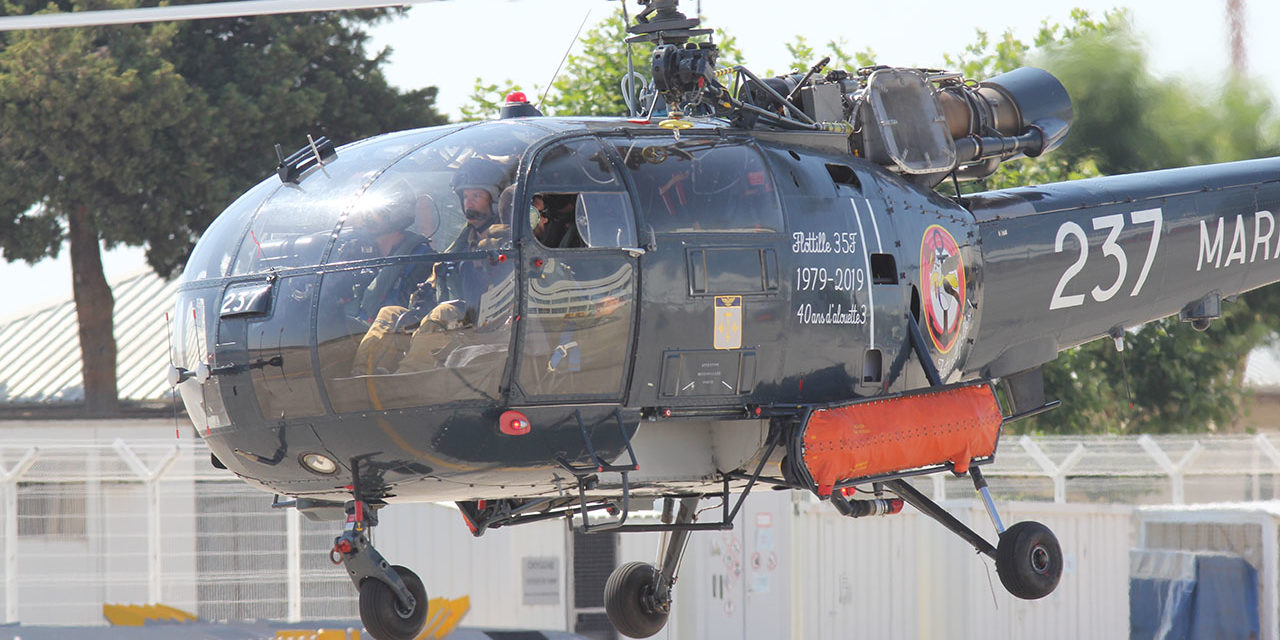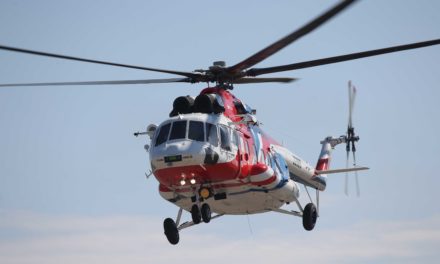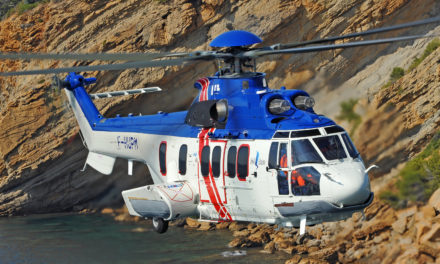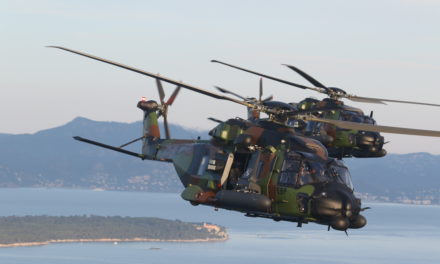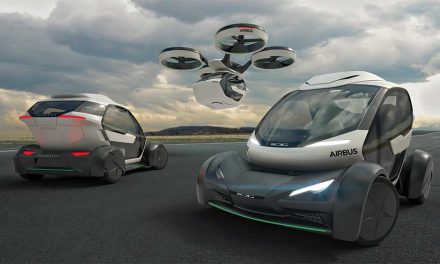In 2019, the Alouette III celebrates its 60th anniversary. Produced in nearly 1,500 copies only in France, this machine has crisscrossed the skies of both hemispheres, saved thousands of lives and helped to sustainably establish, in the early 1960s, the technical credibility of helicopters built by of the French aeronautics industry of the time.
By François Blanc – © Airbus Helicopters
On February 28, 1959, took off for the first time, in the hands of test pilot Jean Boulet, a helicopter now legendary: the Alouette III. Contrary to what one might think, the career of this aircraft, at the time of its conception, was not all traced. Indeed, while the engineering department of the helicopter division of Sud-Aviation (1) dreamed of launching this program, André Vautier, technical director, opposed it. Even Georges Héreil, then president of Sud-Aviation, did not seem to believe in it. It is true that in 1957, a certain Caravelle, the first short and medium-haul jet airliner ever designed and built in France, absorbed a large amount of State funding and mobilized an large workforce within the company. But this reality did not, by itself, reluctance of its leaders about the Alouette III.
Technical continuity
Paradoxically, the existence and initial success of the young Alouette II, the first monoturbine helicopter designed by the team of Charles Marchetti, head of the design office, incited Georges Héreil and André Vautier to imagine something else to develop a french range of rotary wing machines. And, the management priority was a heavy multi-engined helicopter with a high carrying capacity, the SE 3200 “Frelon”, forerunner of the SE 3210 “Super Frelon”.
As Charles Marchetti recalls in his 1990 book entitled “L’Envol des Alouette – Un atout pour la France” (2), it was certainly no question of going against the will of the management.
The designers, however, focused on proposing several “less ambitious than the Frelon” pre-projects, including the installation of two turbines on a Sikorsky H34 / S58 helicopter that Sud-Aviation was then producing under license. While still tirelessly boasting the merits of the Alouette III, even if this machine existed then only on paper. Two observations founded the motivation of the obstinate engineers: the drawings, calculations, studies and tests devolving Alouette II, since 1954, had seriously muscled their ability to develop a new aircraft in a very short time, and this in a spirit of “technical continuity”. In addition, Turboméca, the engine manufacturer that had allowed Alouette II to take off, had the ideal turbine for a possible extrapolation of the concept: the 750 hp Artouste III.
At the top of Mont Blanc
Other arguments were favorable to the birth of the Alouette III. Among these, the possibility for Sud-Aviation to “exceed the performance and the various benefits of all similar foreign helicopters, still equipped with piston engines”, according to Charles Marchetti.
This obstinacy finally paid off. With a modest budget, even for the time (1 million french francs in 1957), the research department of the helicopter division obtained the green light from Georges Héreil, launched the program, engaged the construction of two prototypes and motivated the assembly line behind them.
Less than two years later, the first SE 3160 “Alouette III” left the ground. The second prototype, in the hands of test pilot Roland Coffignot, flew in May 1959. During the 23rd Paris Air Show at Le Bourget, the Alouette III was displayed in flight. In the meantime, while 100 flight hours had already been accumulated, the prototype # 01 flew to the Alps for take off and landing tests at different altitudes, followed by stops and start-up at 4,150 meters, at the « Dome du Goûter ». Before returning to Paris, the test pilot Jean Boulet even put the Alouette III at the summit of Mont Blanc, at 4,810 meters, with five passengers on board, in addition to the pilot. The goal – to build a light, powerful, versatile helicopter capable of carrying six to seven people – was masterfully achieved.
Under the eye of India
At that time, the certainty of manufacturers to get orders, especially in the civilian world, was not based on a real market study. More or less well-founded presumptions motivated the launch of the programs. And reality usually gave them reason. In the case of the Alouette III, a French government order for three pre-production aircraft led to a change in the process. The research department had lost some of its autonomy: he had to this time agree to listen to future operators, supervised by official representatives. This did not prevent him from continuing to develop the new machine under satisfactory conditions from the point of view of engineers and technicians. After the first spectacular demonstrations in the Alps, it was the Indian air force that would allow the Alouette III to shine brilliantly in the Himalayas. Jean Boulet left France on October 6, 1960. He was going to achieve more than 30 hours of flight under the watchful eye of the local military. “During one of the flights, he put the ski-equipped aircraft at 6,004 meters [on Mount Deo Tibba, editor’s note], setting a new altitude landing world record. This performance was all the more remarkable in that the pilot took with him two people on board and 250 kg of equipment; and had not used all the available power, “says Charles Marchetti.
After this very convincing demonstration, and waiting for the future Indian orders (where the Alouette III will finally be produced under license), the helicopter division of Sud-Aviation received the green light from the general management to launch a first batch of 30 Alouette III. Thus, the first one will be delivered to Burma (the current Republic of the Union of Myanmar) on July 25, 1961.
A “family” of Alouette III
In May 1961, the Aéroclub de France granted the Alouette III with the International Rotary Wing Award. From the regulatory point of view, it received its certificate of airworthiness from the French authorities on December 15, 1961, then that of the American authorities on March 27, 1962. These official approvals kicked off a very remarkable career, both in the civilian and military fields. Remarkable for rescue missions, in plain as in sea, until the relatively recent introduction of more powerful (and heavier) machines, the Alouette III will be remembered as a machine with exceptional performances.
Built under license in Switzerland, India (under the name of “Chetak”) and in Romania, it knew many technical evolutions and many motorization options, provided by Turboméca (today Safran Helicopter Engines) . Thus, born under the name SE 3160, it became SA 316B from 1970 when it received an Artouste IIIB turbine. Powered by an Artouste IIID turbine, it became the SA 316C in 1972. The SA 319B version, introduced in 1967, was powered by a Astazou XIV turbine. The construction of the legendary Alouette III ended in 1977.
(1) Sud-Aviation was born on March 1, 1957, from the merger of Sud-Est Aviation and Sud-Ouest Aviation.
(2) Pierre Zech publisher, Paris.

